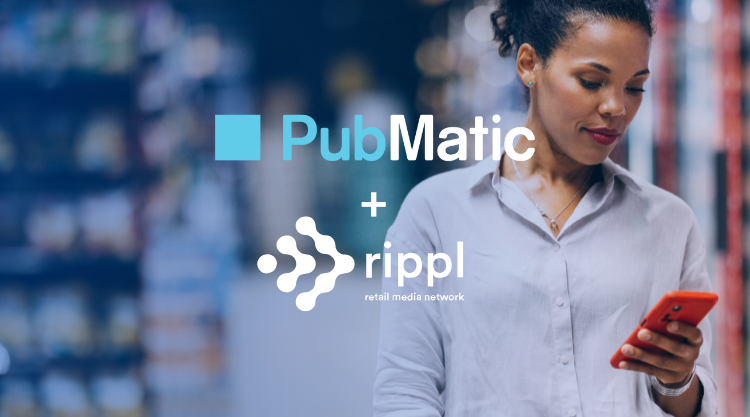The ability to target has long been of prime importance for the digital advertising industry. As tools have improved, advertisers have been able to enhance efficacy, publishers have improved monetization, and positive experiences have been enriched for consumers. But the world of identity is going through tremendous upheaval. Covid-19 has changed the way people use the internet. The introduction of CCPA has focused more brands on privacy, and third-party cookies face an approaching sell-by date. The forces have created some new obstacles for advertisers, redefining how advertisers target customers but also paves the way for new opportunities.
At this event, Andrea Kwiatek of Goodway Group, said advertisers must realize the importance of their first-party data. “Advertisers if you’re not collecting first-party data right now, analyzing it and segmenting it, you need to look into doing that very soon.”
She noted that first-party data is a core element of a data strategy to enable smarter data buys, retain customers, find new customers, and learn how to target them appropriately. She also said that there are different ways to be creative with data. Brands need a process to collect the data, clean, analyze, and segment it out so that the company can use the data with confidence, said Kwiatek.
Of course, first-party data isn’t the only piece to the post-cookie puzzle. It doesn’t always provide enough scale, and so advertisers will still need to find other data sources. When asked if publishers are doing a good job of working together towards common standards in a post-cookie world, Joanna Burton, from identity solution ID5, said, “At the end of the day, everyone in this space faces a common problem. We’ve got the opportunity to test and learn right now. Some companies already have a huge amount of data, logged-in data with tons of declared information, that looks set to continue to make loads of money at the expense of independent publishers.” Joanna’s point highlighted the fact that the walled gardens hold the keys to a lot of data. To compete effectively, independent publishers should be willing to share formally or informally through Prebid, for example, to develop data offerings for advertisers in the open web.
Andre Swanston from Tru Optik, who’s focused on CTV and OTT, was asked to discuss the difference between cross-device and identity targeting. “We think about people who will be targeting measurement across different devices. It’s critical to have a persistent identifier that links those devices either to an individual, a household, or both.” Different companies use different terms for the same idea — to resolve identities across different devices. While there are many promising technical solutions, the logistics of this process becomes more difficult when companies like Apple sunset identifiers like IDFA. And so publishers will have to work harder to create incentives for their subscribers to allow data collection, according to Swanston.
Rebecca Skrak was asked about eBay’s new Advanced Audience Technology and how advertisers can use it to build a marketplace. She spoke of her company’s huge amount of logged in first-party data, which provides customers with some of the scale and identity advantages of the walled gardens.
“Since we have over 100 million people coming to eBay each month, we provide a lot of scale. Many publishers need to focus more on identity than ever before because they’re lacking that scale and need to combine their data with that of other third-party companies. Once you start to look at combining data, that’s when identity becomes more important,” she said.
Skrak noted that when a platform like eBay knows so much about each logged-in visitor, they can produce a large data graph across devices. A lot can be powered from that information. Publishers can develop unique data targeting opportunities that will be important for advertisers once third-party cookies are gone, she said.
Ultimately, as third-party cookies reach expiry, advertisers and publishers will need to experiment with a variety of data, identity, and targeting solutions. To learn more about PubMatic’s ID-agnostic identity solution, check out Identity Hub.
If you missed this Virtual PubAcademy, you can watch the replay here. Don’t forget to sign up for Virtual PubAcademy EMEA: Identity & Audience Addressability in a Post – Cookie World taking place on September 2nd.





